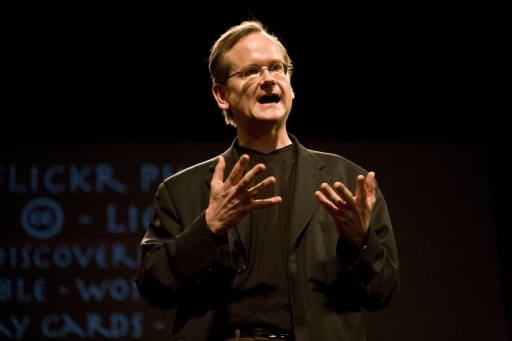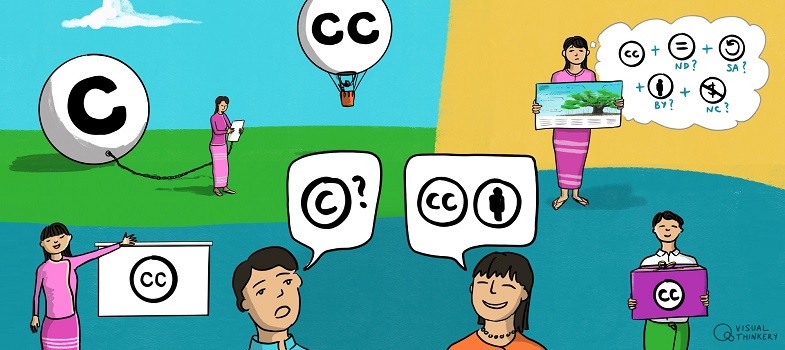The Sonny Bono Copyright Term Extension Act (CTEA)

The story begins with a particular piece of copyright legislation in the United States: the Sonny Bono Copyright Term Extension Act (CTEA), enacted in 1998. It extended the term of copyright for every work in the United States (even those already published) for an additional 20 years: the life of the creator plus 70 years. (This move put the US copyright term in line with some other countries, although many more – including Myanmar under the new Copyright Act – remain as 50 years after the creator’s death.)
Stanford law professor Lawrence Lessig believed that this new law was unconstitutional. The term of copyright had been continually extended over the years. The end of a copyright term is important: it marks the moment when a work moves into the public domain, whereupon everyone can use that work for any purpose without permission. This is a critical part of the equation in the copyright system. All creativity and knowledge build on what came before, and the end of a copyright term ensures that copyrighted works eventually move into the public domain and thus join the pool of knowledge and creativity from which we can all freely draw to create new works.
The new law was also hard to align with the purpose of copyright as it is written into the US Constitution, to create an incentive for authors to share their works by granting them a limited monopoly over them. How could the law possibly further incentivise the creation of works that already existed?
Lessig represented a web publisher, Eric Eldred, who had made a career of making works available as they passed into the public domain. Together, they challenged the constitutionality of the Act. The case, known as Eldred v. Ashcroft, went all the way to the US Supreme Court. Eldred lost.
Overview
